Ditch spreadsheets with electronic accounts payable system
Implement an electronic accounts payable system that helps you process vendor payments and other transactions electronically. Leverage automation to simplify your AP processes, reduce costs and errors, and improve efficiency with a fully integrated and secure solution.
Why should businesses ditch spreadsheets?
There was a time when spreadsheets ran the world and every accountant used to live in it. In fact, with spreadsheets, the paper was considered a gold mine in the corporate world. From paper invoices, paper approvals, paper records to paper checks, the paper was a very monumental tool.
Still, many companies rely on receiving paper invoices. Having thousands of papers stacked on your table and using them to run a working invoicing system would sideline other important business tasks. This is the reason to abandon all paper-based processes and switch to electronic AP system.
What is an electronic AP system?
An electronic AP system automates the manual aspects of the AP process and processes your invoice digitally. AP automation, in particular, enables you to enter and approve purchase orders and invoices online rather than physically dumping them.
The goal of a paperless accounts payable system is to provide faster approvals, timely payments to vendors, reduce errors, and increase business productivity while maintaining total control and visibility over your financial data.
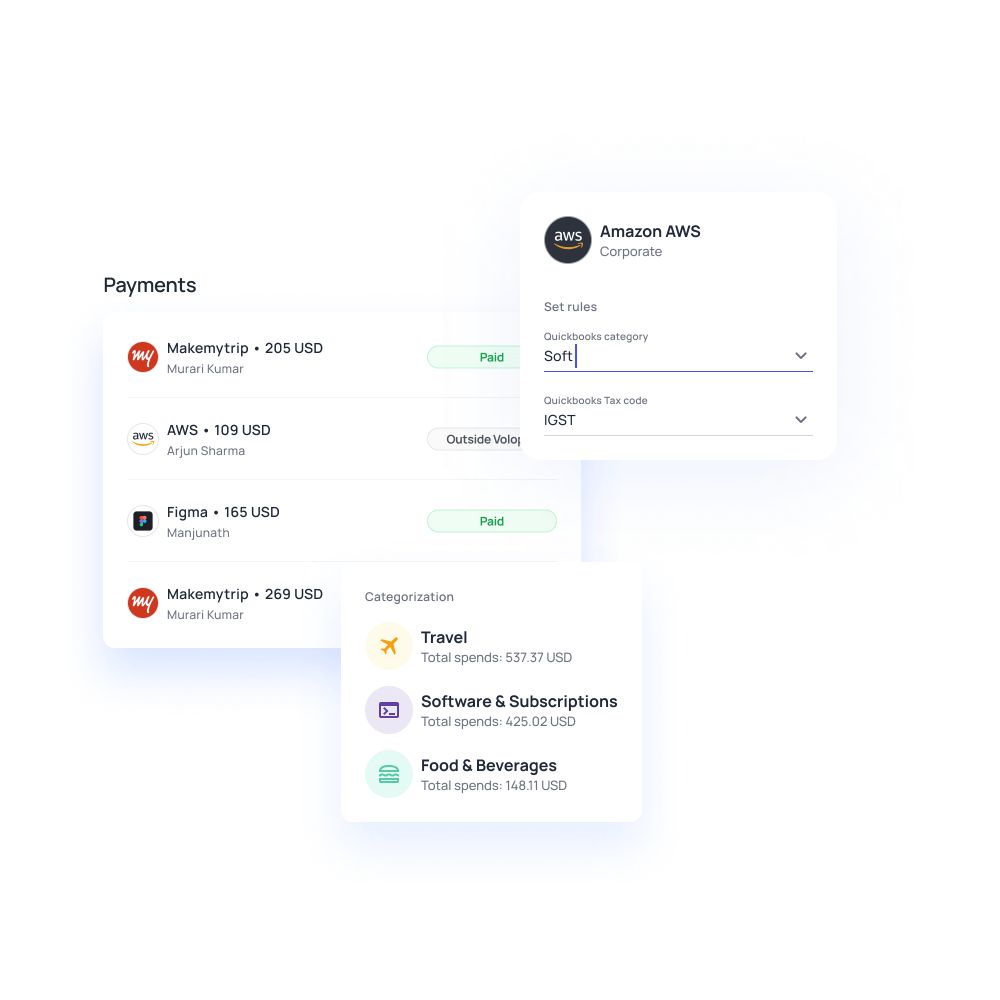
Benefits of accounts payable automation
The benefits of accounts payable automation extend beyond just saving time—it's about enhancing control and boosting productivity. The following are the major advantages of AP automation:
● Save time by not having to manually enter and match invoice details.
● Eliminate manual data entry and mailing items to suppliers to cut processing costs.
● Reduce the number of errors and exceptions that may occur as a result of missing information or POs.
● Maintain a record of the status of each invoice that comes to you.
● Maintain transparency by keeping track of the status of each invoice that enters your company.
● Boost your chances of obtaining early payment discounts.
Why ditch paper?
Paper is a strong yet delicate document. What we mean here is, if a piece of paper gets lost it’s difficult to retrieve back. Think about what frustration or negative impact it can have on the whole accounts payables team?
Manual document filing can be quick, easy, and necessary at the start of a business. On the other hand, can become a highly inconvenient procedure as your company grows.
A manual invoice processing looks somewhat like this:
Invoices arrive by regular mail and are manually processed. Someone from the accounting team reviews them and manually inserts the information into an accounting system. They pass the paper around for approvals in order to get payment permission.
They then write a check for payment and file the printed invoice. All the while, don’t forget the errors, disappearing invoices, incorrect information, and missing purchase orders.
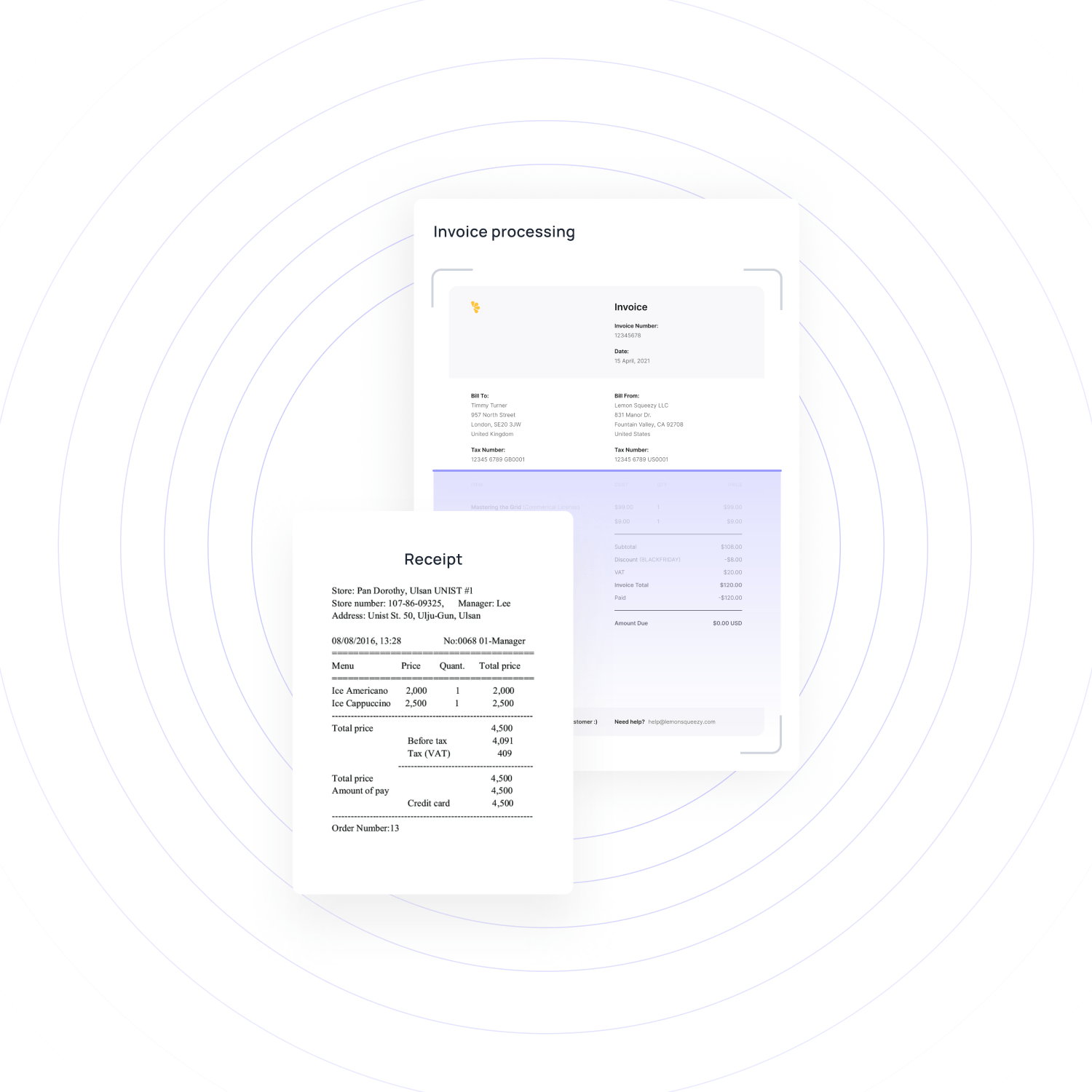
Eliminate paper invoices and save your time
Challenges businesses face while using paper-based accounting systems
Higher costs
Paper-based systems are costly; which makes paper-based document management systems a significant disadvantage. You'll need extra financial resources to manage the cost of printers, photocopiers, stationery, and other office supplies in addition to tons of paper. These expenditures build up quickly and can become a considerable expense for many businesses.
Security risks
Security risks are higher when it comes to paper. As paper can readily be misplaced, misused, or damaged. It can be misplaced during transportation or maybe after it is received by the company. Moreover, controls to prevent fraud are difficult to enforce which mount up a serious security threat.
Lost, damaged, or misplaced files
Managing and storing large stacks of paper is a challenging task. In between a bunch of papers you may lose track of invoices. A fire or natural calamity could result in the loss of critical data.
If you don't have any backups, you won't be able to recover the information once the files have been damaged. And with this, you'll find yourself slipping further and further behind on processing invoices.
Data entry errors
Every transaction is recorded by hand, leading to double entry in the general ledger. This method can be inefficient, time-consuming, and error-prone.
Manual data entry not only wastes a lot of time and resources but also leaves room for errors and omissions. Even one erroneous invoice amount or date input might have major financial ramifications for your company.
Delay or double payments
Since all the invoices are managed manually, the cycle of payments gets delayed. The time to process approvals is a lengthy process which makes the invoice processing inefficient.
A mistyped purchase order number could result in two bills for the same order or sometimes the vendor can send 2 invoices of the same purchase and you end up paying for both. As you would not want to manually track all the invoices again.
Automated accounts payable system
Consider what your accounts payable department could accomplish if paper invoice processing and expenditures were eliminated. Instead, rely on electronic submission or scan invoices as soon as they arrive. The invoice will then be coded and routed through the digital process by accounts payable automation, which is based on specific criteria specified in the organization's accounts payable automation software.
Not only does eliminating paper invoices, purchase orders, approvals, checks, and other related paperwork save time for employees, but it also saves money for the organization. A more fully digital accounting system allows AP departments to work more efficiently, eliminate more risk, and process vendor invoices more rapidly.
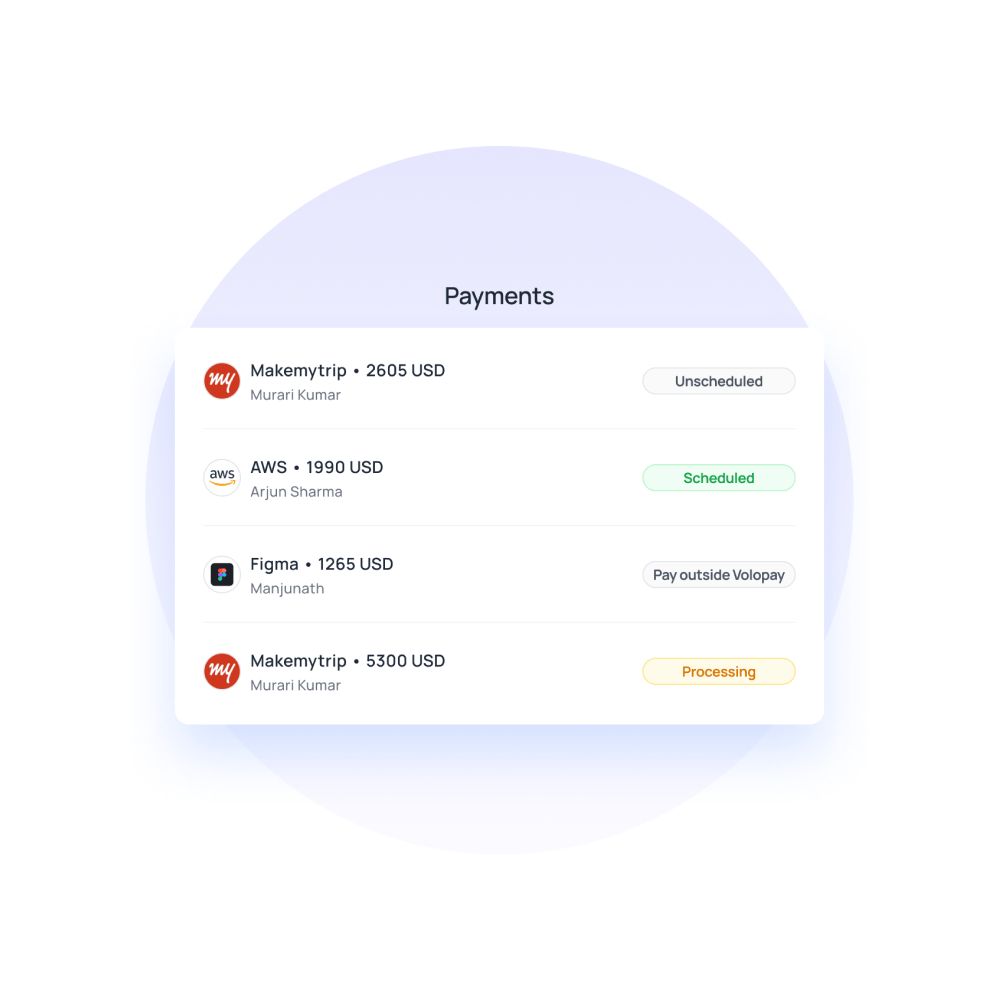
How electronic accounts payable solution work
Every firm will have an accounts payable department, and the structure of that department may vary depending on the size of the company. AP invoice automation starts with the process of converting paper, PDF, e-invoice, XML, and other types of vendor invoices into a single common digital format.
Upload the invoice into the ERP system either by scanning and data capturing or data transmission through digital e-invoices. One of the most notable features of AP invoice automation is that it can handle both supplier and expense invoices.
With little or no manual processing, an AP automation program can match supplier-based invoices with their corresponding purchase orders and other purchase documents.
Once the verification process is completed and all the exceptions have been cleared, the electronic AP solution may code and allocate expense-based invoices for approval to the appropriate individual.
The configuration of the organization's approval hierarchy must be set up in the solution before the invoice approval can be assigned. Approval hierarchies vary depending on the department, invoice, and type of purchase.
Once the invoices are approved, AP automation for retail businesses and other sectors allows for a "touchless" process, where payments are approved automatically after invoice verification. This helps streamline the entire payment cycle, reducing administrative burdens and increasing efficiency. Once the payment is made, the system marks the invoice as closed, ensuring there is no possibility of duplicate payments across any industry.
Why choose Volopay?
Do you still think spreadsheets can run the world? Now imagine a world without paper invoices? A world where suppliers could enter or upload invoices online, which would then be automatically matched and sent to the proper individuals for approval. There is no data entering and no phone calls to suppliers.
The cost of invoice processing has decreased substantially, resulting in a six-month ROI in the triple figures. This is how Volopay has designed the accounts payable process. Volopay is not just an accounts payable software but is a comprehensive spend management system to automate invoice payments to suppliers within the country and across borders.

Key benefits of choosing Volopay's automated accounts payable system
● Earn discounts by offering to pay invoices earlier.
● Matches invoices to purchase orders automatically.
● No more late payments! Assign specific vendors for your expenses and automate all your expenses on the go.
● The system integrates approvals, which streamlines the process and reduces unnecessary contact.
● Accounting and other financial software are easily integrated.

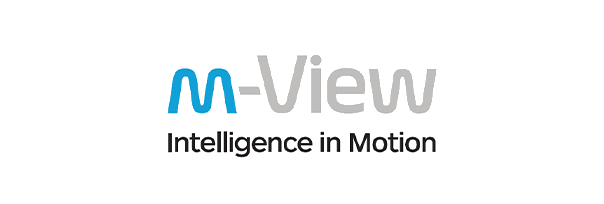


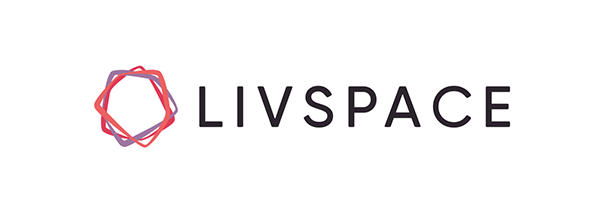



Trusted by finance teams at startups to enterprises.
What are you waiting for, get started with Volopay today!
Related pages
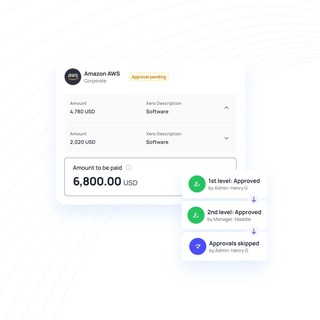
With the accounts payable automation, you can improve vendor relationships, prevent invoice duplication and pay the vendor on time.
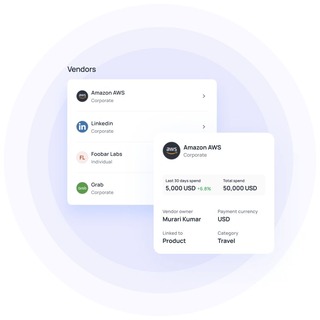
Automated approval workflow, real-time reporting, and accounting integration, are some of the necessary features of AP software.
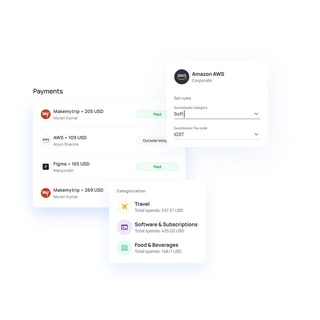
Explore the importance of accounts payable reconciliation and the transformative role of automation in streamlining the entire process.